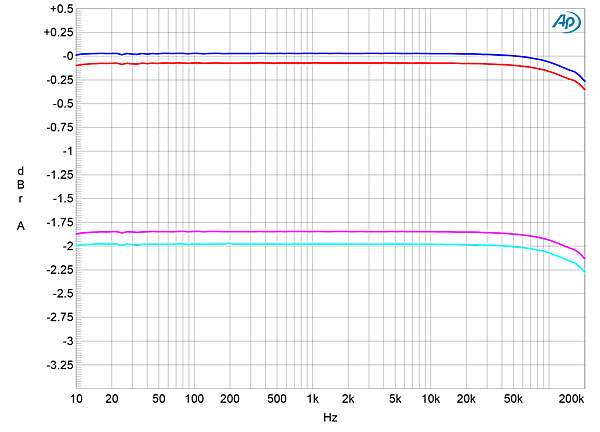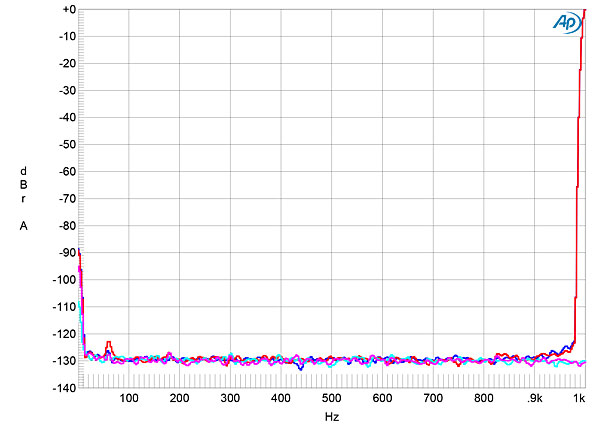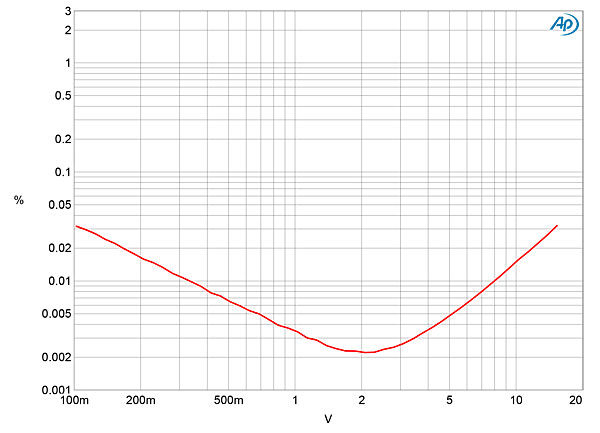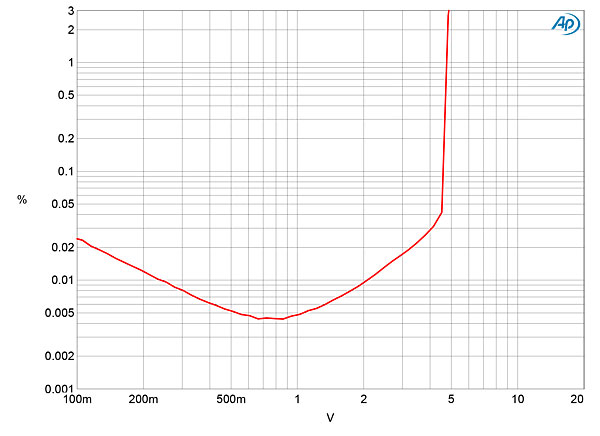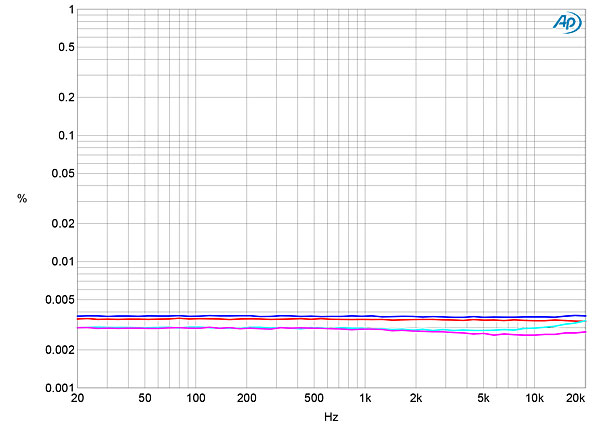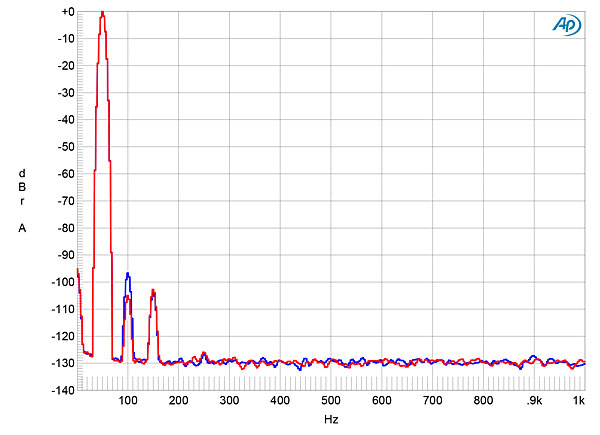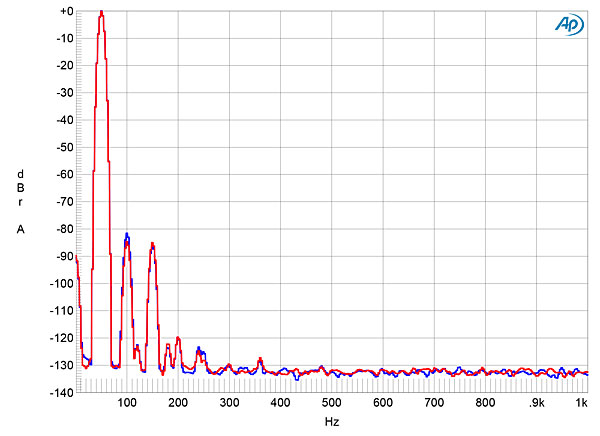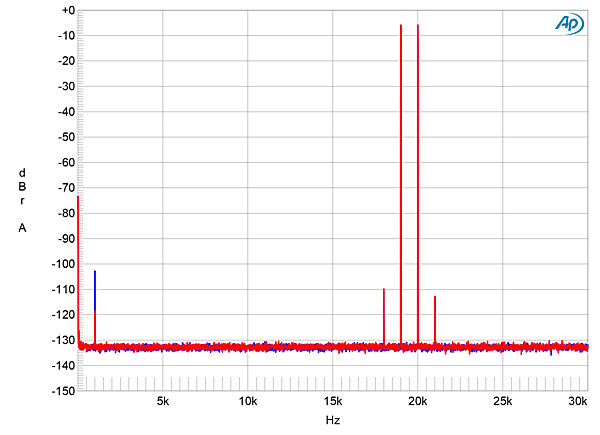| Columns Retired Columns & Blogs |
...what this means: "Instead of adjusting volume in the traditional manner—with a potentiometer that discards varying amounts of the product's signal gain—each phase of each stereo channel of the VGT contains 46 discrete resistors that, selected with a rotary switch, create 46 distinct variations on the preamp's voltage-gain stage, for a range of 46 volume levels. Thus there are fewer parts than usual in the signal path, and the preamplifier as a whole, from signal inputs through output buffer, is always maintaining an optimal S/N ratio."
I am especially intrigued by the optimal(sic) S/N ratio. How does one determine this optimality?
